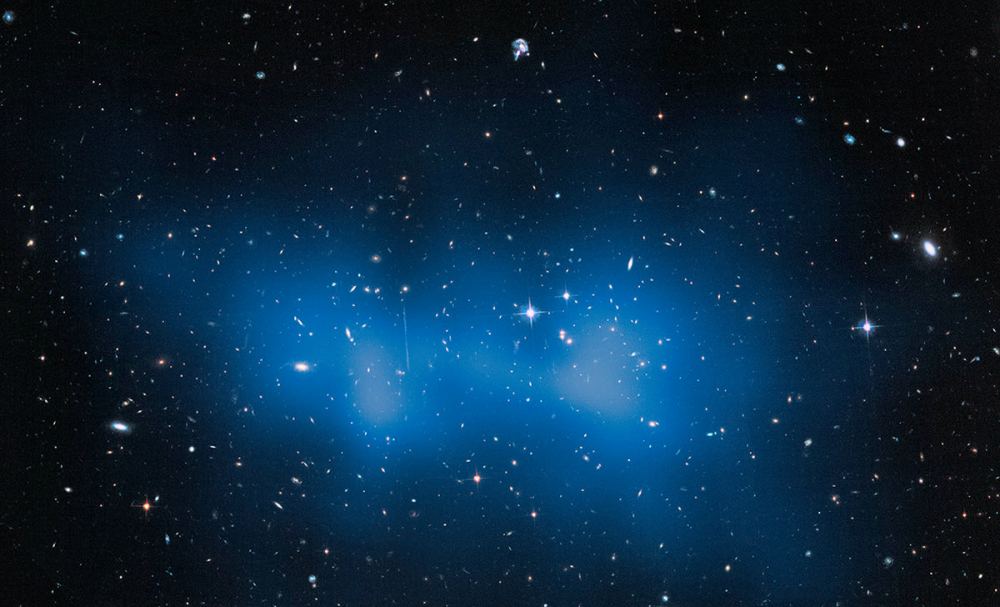The Hubble Space Telescope has a new calculation for the huge El Gordo galaxy cluster: 3 million billion times the mass of the Sun. This is even 43 per cent more massive than past estimates that examined the complex in X-rays, NASA stated.
“A fraction of this mass is locked up in several hundred galaxies that inhabit the cluster and a larger fraction is in hot gas that fills the entire volume of the cluster. The rest is tied up in dark matter, an invisible form of matter that makes up the bulk of the mass of the universe,” the Space Telescope Science Institute stated.
“Though galaxy clusters as massive are found in the nearby universe, such as the so-called Bullet Cluster, nothing like this has ever been seen to exist so far back in time, when the universe was roughly half of its current age of 13.8 billion years. The team suspects such monsters are rare in the early universe, based on current cosmological models.”
Read more about the discovery in this Hubble press release.


